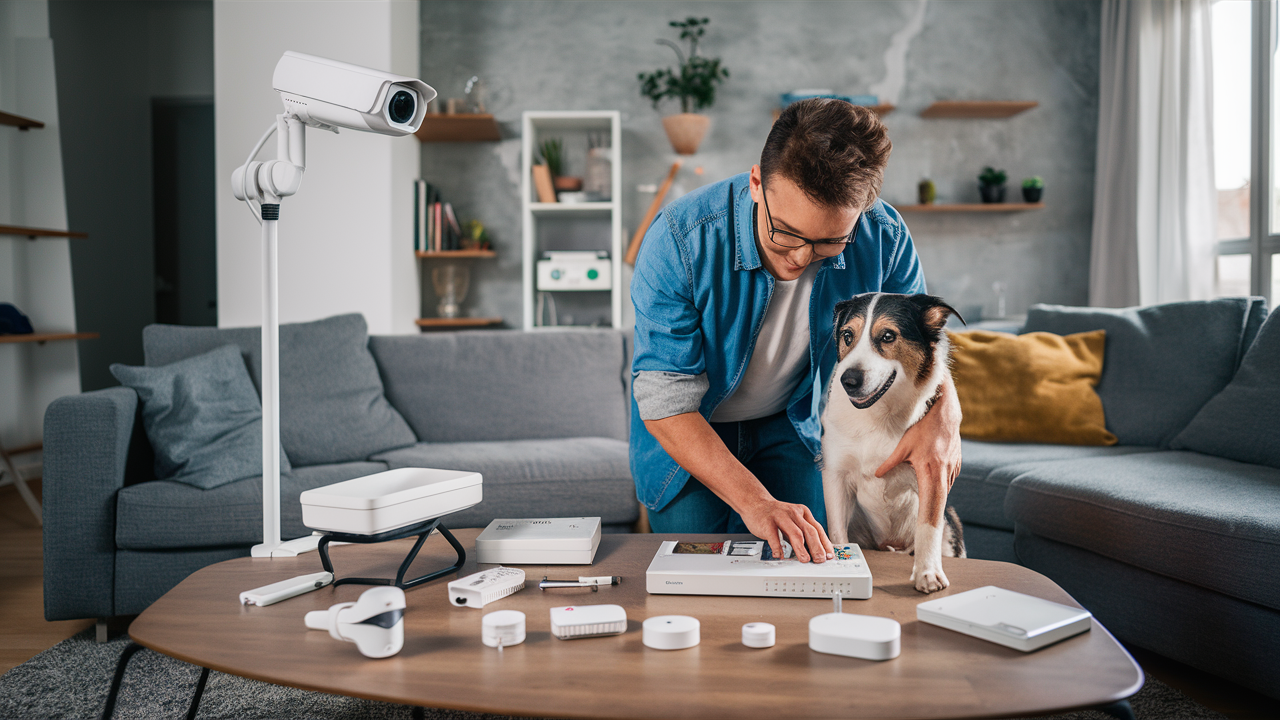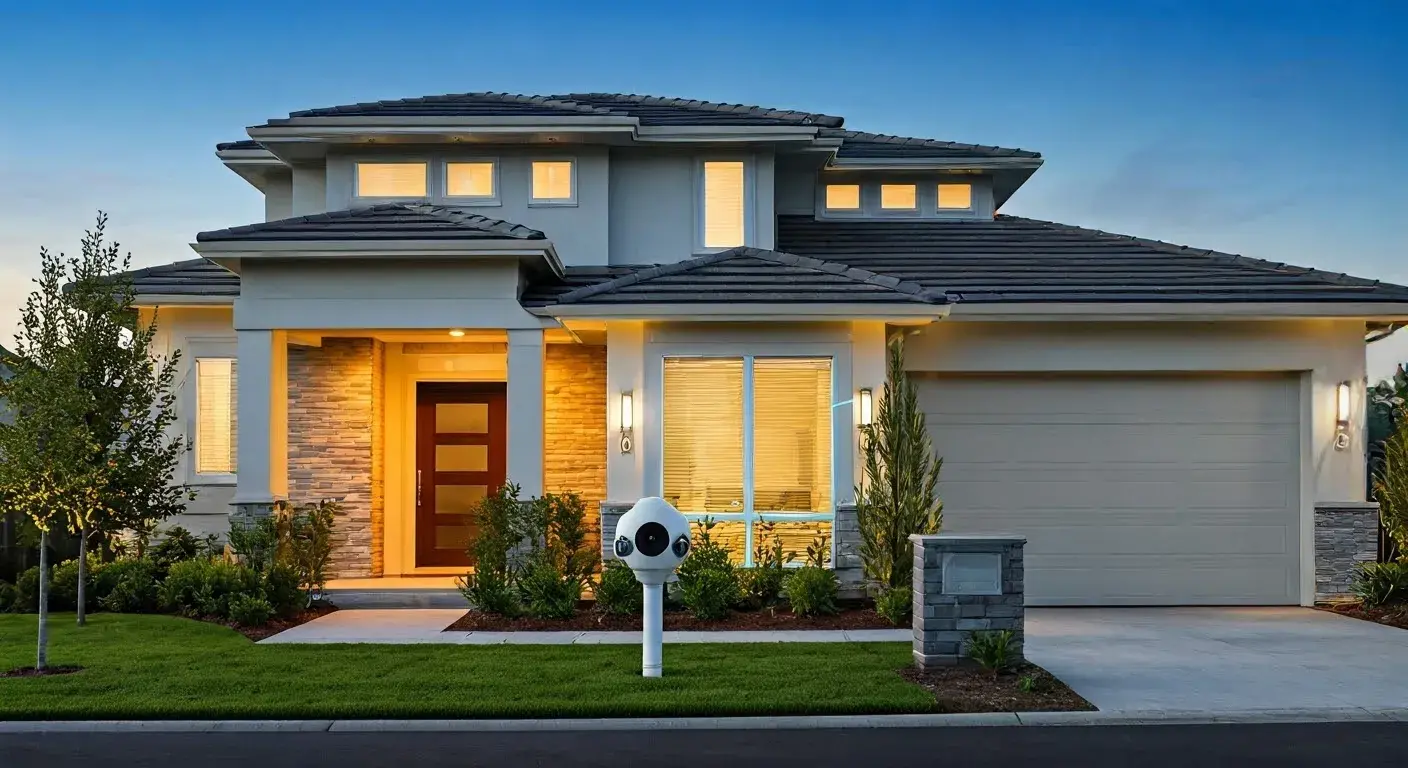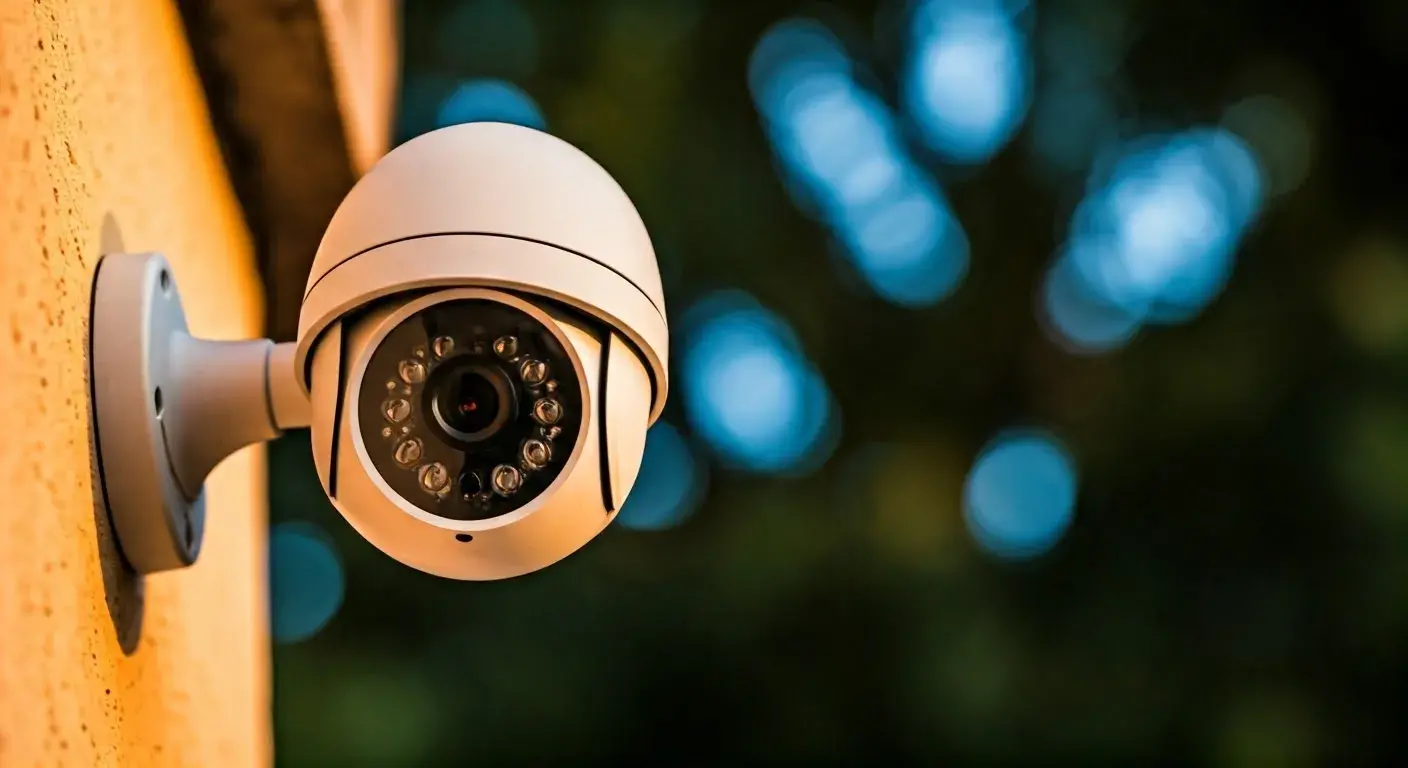For many households all over, home security now takes first importance. Protection of one's house has never been more important given the increase in burglaries and house invasions. Not everyone, meantime, can afford to pay for pricey, professionally fitted security systems. Luckily, the Do It Yourself (DIY) Home Security System is a reasonably priced and powerful alternative.
Why Choose a DIY Home Security System?
Homeowners use do-it-yourself security systems for various reasons.
- Cost-Effectiveness: The affordability of DIY home security systems is one of its most important benefits. While do-it-yourself systems are usually a fraction of the cost professionally installed systems may be thousands of dollars. It's a one-time expenditure as well as there are no monthly monitoring expenses.
- Flexibility and Customization: Do-it-own solutions let homeowners choose just what they need. DIY solutions provide the freedom to develop a customized solution whether your desired configuration is basic with a few cameras and sensors or a complete system with sophisticated capabilities like smart home integration.
- Ease of Installation: Modern do-it-yourself home security systems are created with the typical house in mind. Most of them are wireless, so there is no need for complicated wiring; they have simple-to-follow instructions. Installing these systems does not require any technological knowledge.
- No Contracts: Unlike professional security services, which often call for long-term contracts, do-it-yourself solutions let you cancel or update your system free from any responsibility.
Key Components of a DIY Home Security System
Building a house security system requires knowledge of the main components involved:
- Control Panel or Hub: The core of any security system is the control panel, also known as a hub. It links and interacts with every gadget in your system— cameras, sensors, alarms, among other things. Most contemporary systems come with a smartphone app that lets you keep an eye on and run the system from anywhere.
- Cameras: Monitoring both inside and outside of your house depends on security cameras. They may show live video to your computer or smartphone and capture film. Think about selecting cameras including motion detection, night vision, and high-definition video quality.
- Motion Sensors: When the system is armed, motion sensors in your house identify movement. Usually found near doors and halls, they may set alarms or transmit warnings should odd behavior be found.
- Door and Window Sensors: Installable on windows and doors, door and window sensors notify you when they are opened. They are very essential for locking your house's access points.
- Alarms and Sirens: Loud sirens are meant to frighten off invaders and notify neighbors of a possible break-in. Certain systems can immediately notify your phone when an alarm goes off.
- Smoke and Carbon Monoxide Detectors: Considering complete home security, think about adding smoke and carbon monoxide detectors to your system. These gadgets provide your house with even another level of security by alerting you to gas leaks or fire threats.
- Smart Locks: Remotely locking and unlocking your doors lets you have security and convenience. Additionally, you may create temporary access codes for visitors or service providers.
- Video Doorbells: Video doorbells are trendy right now. Even when you're not home, they let you see and interact with guests right at your door.
How to Choose the Right DIY Home Security System?
Choosing the correct DIY security system from the plethora on the market might be daunting. These elements should help you to think through:
- Budget: Decide the amount you would be ready to pay for your security system. Remember that while do-it-yourself systems are less expensive than expert installations, the features and component count you decide upon will affect the expenses.
- Features: List the ones that are personally significant to you. Do you want sophisticated capabilities like smart home integration, voice control, and environmental monitoring or a simple system with simple cameras and sensors?
- Ease of Use: Make sure the system you decide upon is easily navigable. Search for systems with dependable customer service, simple installers, and understandable mobile applications.
- Scalability: Think about whether the system is scalable—that is, whether you could improve your system going forward without changing the whole arrangement or adding new components.
- Compatibility: If you already have smart home appliances, be sure the security system you decide upon fits them. Many do-it-yourself projects interface with smart assistants such as Apple HomeKit, Google Assistant, or Amazon Alexa.
- Customer Reviews: Review user comments and testimonials to learn about the system's performance in practical settings. Search for systems with good ratings and favorable comments on dependability, simplicity of installation, and customer service.
Step-by-Step Guide to Installing a DIY Home Security System
It's time to install your system when you have decided upon one. Use these guidelines to have a flawless install:
- Plan Your Layout: Plan where every component will go before you begin to install. Determine which of your house's most susceptible areas—such as entrance points—you should make sure cameras and sensors cover.
- Install the Control Panel: Set up the Control Panel. Start with arranging the hub or control panel. This gadget should be positioned centrally with a robust Wi-Fi connection.
- Install Sensors and Cameras: Install cameras, door/window sensors, and motion sensors per manufacturer directions. For installation, most do-it-yourself systems employ screws or sticky strips. Check the cameras' and sensors' range about the control panel.
- Set Up Alarms and Sirens: Install alarms and sirens in places around your house where they will be audible. Test them to be loud enough to discourage invaders.
- Connect to Your Mobile App: Download the system's mobile app then link it to your control panel. This will let you remotely monitor and operate the system.
- Test Your System: Test the system completely after it is set up. To guarantee everything is running as it should, arm and disarm the system, monitor the cameras, and set off the sensors.
- Regular Maintenance: Periodically check the system for updates; replace batteries in wireless components; make sure every device is operating as it should.
Conclusion
Effective, reasonably priced, and adjustable DIY home security alarm systems help you protect your house and family members. Knowing that your house is safe can provide you peace of mind depending on the correct parts and installation technique. A DIY system may be customized to fit your particular requirement whether your goals are to discourage possible burglars, keep an eye on your property from a distance, or connect with your smart home gadgets. First, assess your security requirements, then pick the appropriate system and follow the installation guidelines to provide your family with safe and secure surroundings.
Protect your home today with ADT’s top-rated security solutions!
Call now at +1 877-470-7879 to get a free consultation and find out how you can secure your home with the best in the business. Don’t wait—ensure your peace of mind with ADT!







